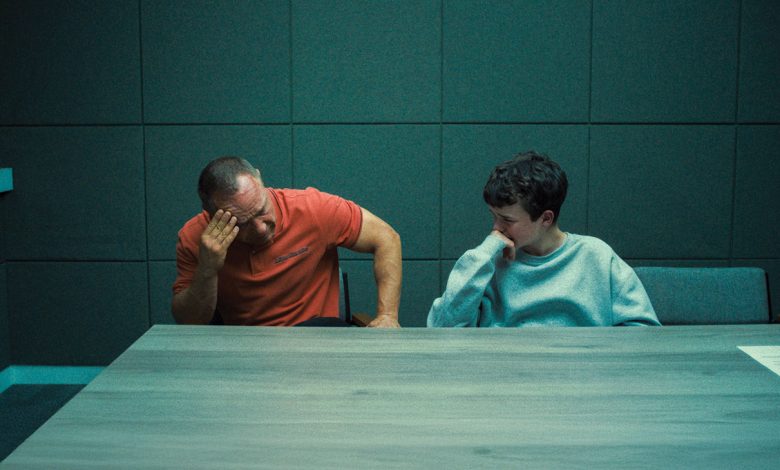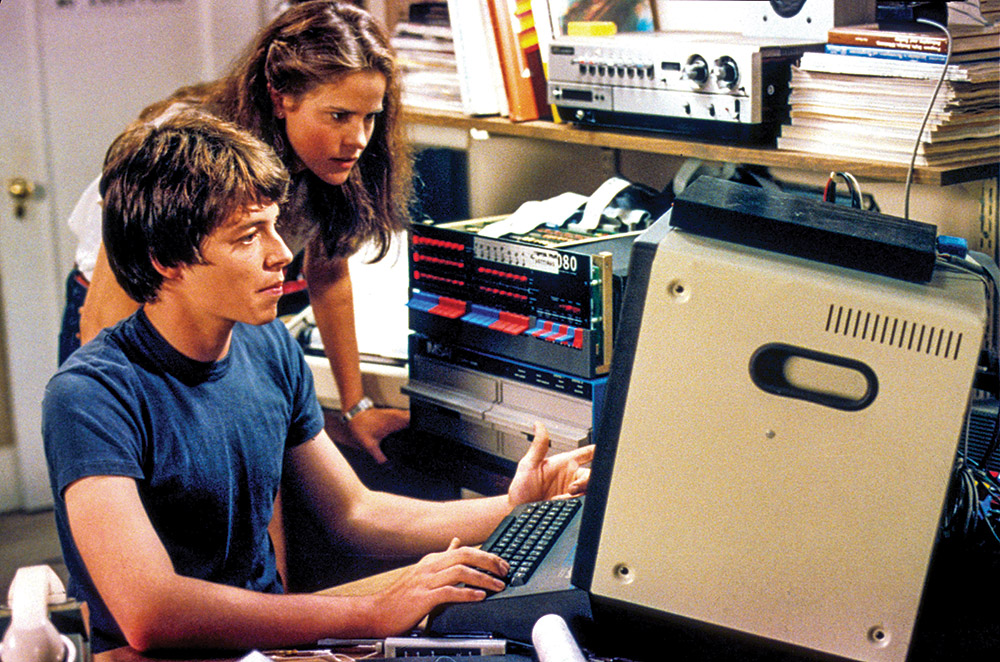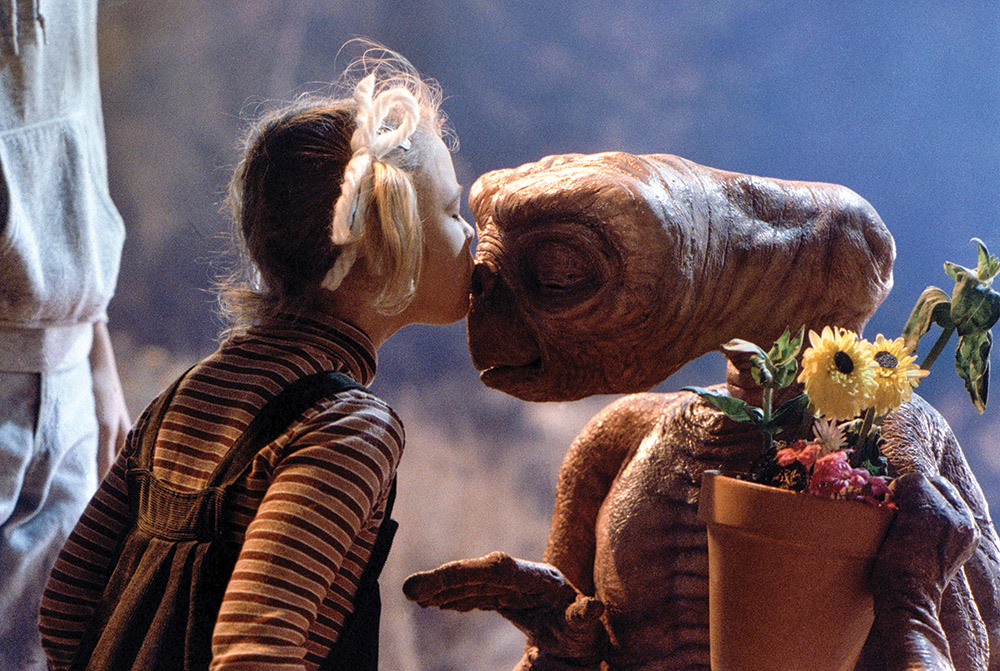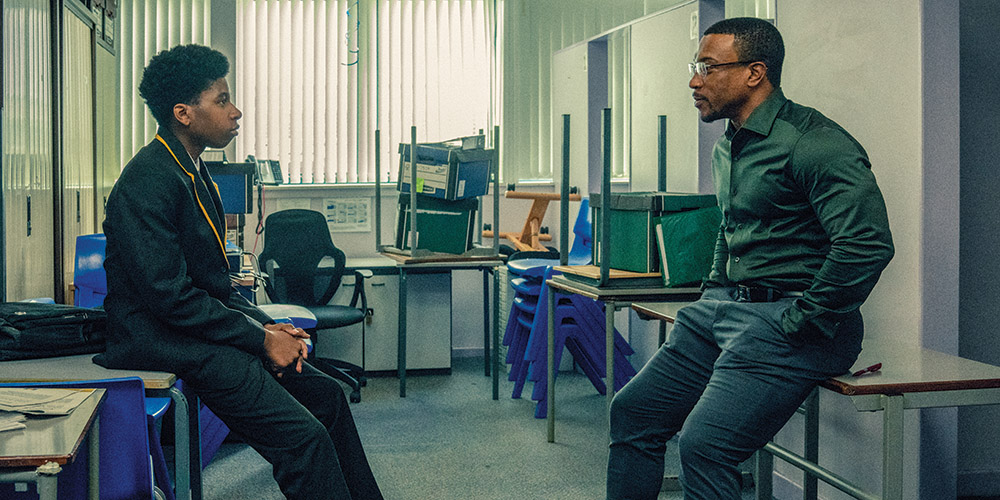Are Movies and TV Shows Missing the Magic of Tech?

Was there a more terrifying horror story this TV season than Adolescence? Fortified with a raft of Emmy-nominated performances and a one-take directorial design that leaves the viewer agape with admiration, the Netflix limited series takes aim firmly at that central audience for home viewing: parents. And it goes for the jugular, with its portrait of fathers and mothers clueless about what technology is doing to their kids, how sad and despairing and angry and radicalized and monstrous their kids are becoming as a result. Owen Cooper’s Jamie would never have used the knife, the show heavily implies, were it not for being extensively cyberbullied and swimming in the toxic stream of online manosphere rhetoric.
Even the most tech-savvy parents — and Lord knows I’m not one — are susceptible to this kind of terror. Huge numbers of parents of children ages 10 and up grew up in a world without mobile phones and social media. Our brains are pre-Twitter; they predate TikTok. And so we look at our children — who are the closest creatures to ourselves we have — and worry, like Jamie’s parents, that they’re actually entirely alien to us: the eternal basis of moral panic, but here infused with new technological force.
Or maybe a different kind of technological force. After all, technophobia in the movies goes back at least as far as Fritz Lang and Metropolis; and anxiety about kids and their crazy-slash-dangerous new machines — from jalopies to hi-fis — has been a staple of generation gap culture for well over a century. But all those stories about kids, for all their concerns, leaned into a sense of wonder, or joy, that seems glaringly absent these days.
For those of us of a certain (parental) age, if there’s one pop culture work that stands out as a testament to the dangers of technology in the hands of kids, it’s the one in which Matthew Broderick sets out to play a video game and almost sets off a global thermonuclear war. WarGames is framed as a cautionary tale, but it isn’t, really; at heart, it’s about the possibility — the joy — of a kid with a keyboard who has worlds unimagined at his fingertips. It’s true, among the iconic images of the movie are those simulations of missiles arcing over an intercontinental map. But the image that stays with you is the one of Broderick, with Ally Sheedy leaning over him, transported, rapt, by the possibility of what sits in front of them.

The highest-grossing film of the previous year — in fact, the highest-grossing film for the next decade — revolved entirely around a kid wanting a phone. That’s admittedly a slightly unusual way of describing E.T.: The Extra-Terrestrial, but technology — as Spielberg frames it through Elliott’s eyes — is a kind of ramshackle magic that offers the promise of love and transcendence. Presumably it’s science, not magic, that makes those bicycles fly — maybe — but who can tell the difference?

For those who skew slightly younger, that touchstone unquestionably is The Matrix. (Notably, when one of the kids in Adolescence uses the term “red-pilled,” and his father identifies it as coming from The Matrix, his son has no idea what he’s talking about.) Because while Neo and his crew actually end up in a dystopian computer-vampire hellscape when they take the red pill — the term for a sense of brutal truth also adopted by the manosphere Adolescence comes to critique — that’s not really what it is. As anyone who thrills to the movie knows, especially and perhaps primarily if you watch it when you’re young, taking the red pill means you get to do awesome superhero bullet-time stuff in what the screen persists in making look like “the real world,” even if, by the movie’s logic, it’s the ostensibly computer-generated illusion. I acutely remember overhearing a conversation between two roughly 10-year-old boys after seeing The Matrix Reloaded in the theater.
BOY 1 That was awesome!
BOY 2 That was amazing!
BOY 1 Just one thing. What’s a matrix?
BOY 2 I don’t know.
WarGames and The Matrix, each in its own quite different way, follow the classic dictum that any sufficiently advanced technology is indistinguishable from magic. Computers and phones are doorways to Narnia: They allow for the possibilities of fantastic adventure — “fantastic” in both senses of the term. But in a world so technologically changed, so weaponized, when it comes to the stories we tell, getting back to that sensibility seems harder than ever.
In Aaron Sorkin’s The Social Network, Jesse Eisenberg’s Mark Zuckerberg may have created an institution that brought the whole world together — a feat previously beyond the possibilities of even the most impossible fictions. But, as the movie posits (truthfully or not), it does so with serpents at its core, curdling the magic of reaching ever outward into determining which girls around your campus were the hottest, or trying to get your ex-girlfriend to talk to you again.
The Social Network was a kind of turning point from the stories that came before, Exhibit A in suggesting how Internet Heaven was becoming Social Media Hell. Yes, recent entries in the technophobia genre — the biting satire of world politics via tech bro in best TV movie nominee Mountainhead, for example — have also focused on the real-world effects of AI slop and the illusory nature of reality when we consume it almost entirely through our screens, a Matrix for Council on Foreign Relations types. But, famously, hell really is other people; and certainly that’s true for us in day-to-day life. Adolescence hits harder — a lot harder — for parents, because it’s a portrait of watching the petty cruelties of growing up, only hypercharged through technologies they don’t fully understand. And what they don’t understand is how they make the kids feel diminished, more insular, less real than ever. What these technologies that could open up the world, and the imagination, do instead is render their children ever smaller.

Hamlet had the capacity to, as he put it, “be bounded in a nutshell, and count myself a king of infinite space”; now our kids’ melancholy comes from having infinite space at their disposal and confining themselves to those virtual nutshells.
Is there a solution to this self-imposed claustrophobia IRL? Probably not, at least not totally: It would be too much to ask for kids to give up the desire for immediate processing, communication and secrecy that social media affords. (Who of our generation doesn’t remember the burning desire to have their own phone line?) But when it comes to making, valuing and cherishing culture — which shapes mindsets and, thus, realities — we deal with what could be, not just what is. And it could be — and, I think, is — the case that we do that by reckoning with the fact that the way the teenagers of Adolescence use these technologies aren’t at the heart of why kids want this stuff. Not at first.
My 7-year-old daughter — this is a true story — recently made a phone out of construction paper and tape. (On the back, it had the letter Y; when I asked her what the Y stood for, she responded, “Your battery.”) When I asked her why she made the phone, she said, “You can do anything with a phone.” Pressed for an example, she suggested that “anything” involved making millions of bananas. And then the conversation segued into other banana-related topics, but you get the point: the thrill of technology and the magic of possibility, not just the downsides. Bananas, not lemons. You can do anything with a phone.
I have a middle-grade novel, Press 1 for Invasion, coming out in a few weeks. It’s about a 10-year-old who wants a phone to take pictures of the girl he’s got a crush on. Then he finds one on the street. When he looks through it at his crossing guard, he sees a goggle-eyed alien in a crossing guard uniform that no one else can see, bent on invading the planet. And it turns out that thanks to that phone — dropped there for him to find by another goggle-eyed alien — he saves the world.
Probably not a good reason to give your own kid a phone. But maybe that’s the kind of magic we can encourage alongside the Insta posts. To think of them as portals. As ways to explore, to venture outward. Not, like Jamie Cooper, to retreat into your room and look at distorted, and distorting, mirrors of yourself on the feeds of people that you know.
Maybe that’s just a pipe dream. Not the real world.
But then again, neither, necessarily, is Adolescence, or the stuff your kids see on the phone. And the more they learn that, the better.
Jeremy Dauber is a professor of American studies at Columbia University. His middle-grade debut novel, Press 1 for Invasion, will be published by Simon & Schuster/Aladdin on Sept. 9.
This story appeared in the July 30 issue of The Hollywood Reporter magazine. Click here to subscribe.
Source: Hollywoodreporter
HiCelebNews online magazine publishes interesting content every day in the TV section of the entertainment category. Follow us to read the latest news.





